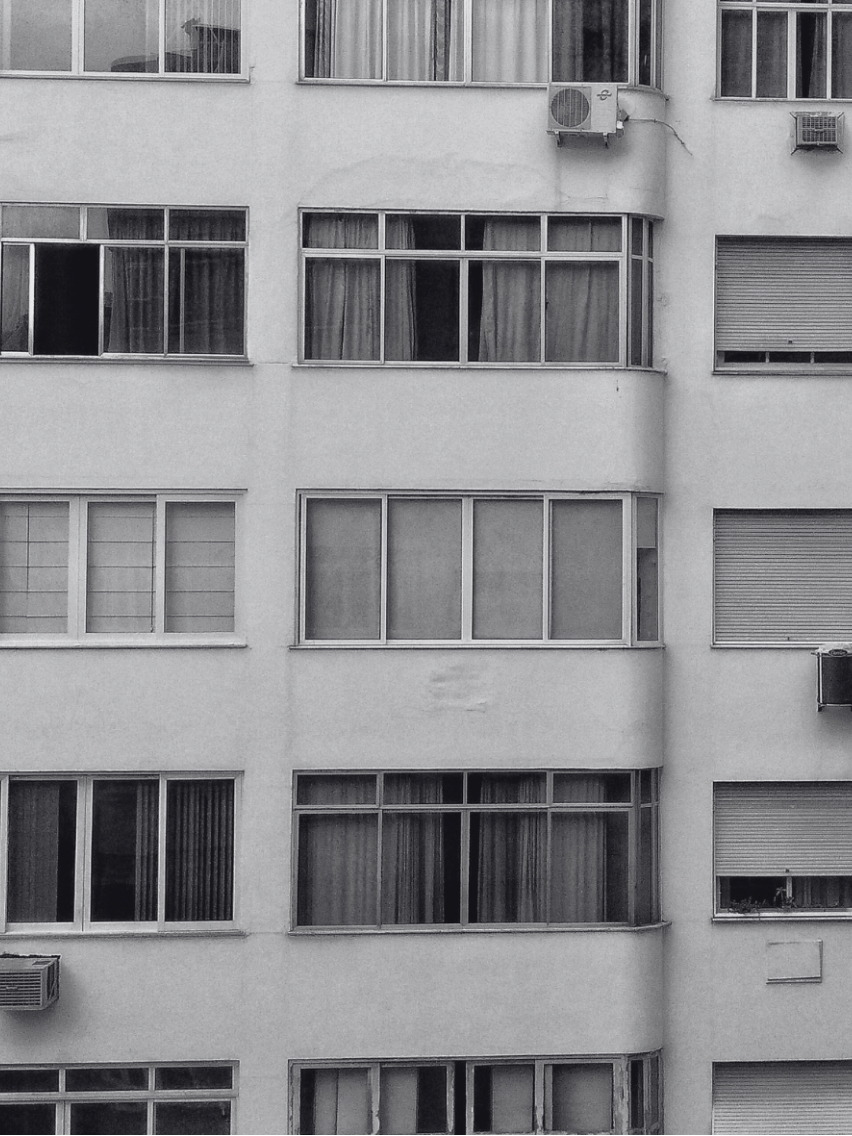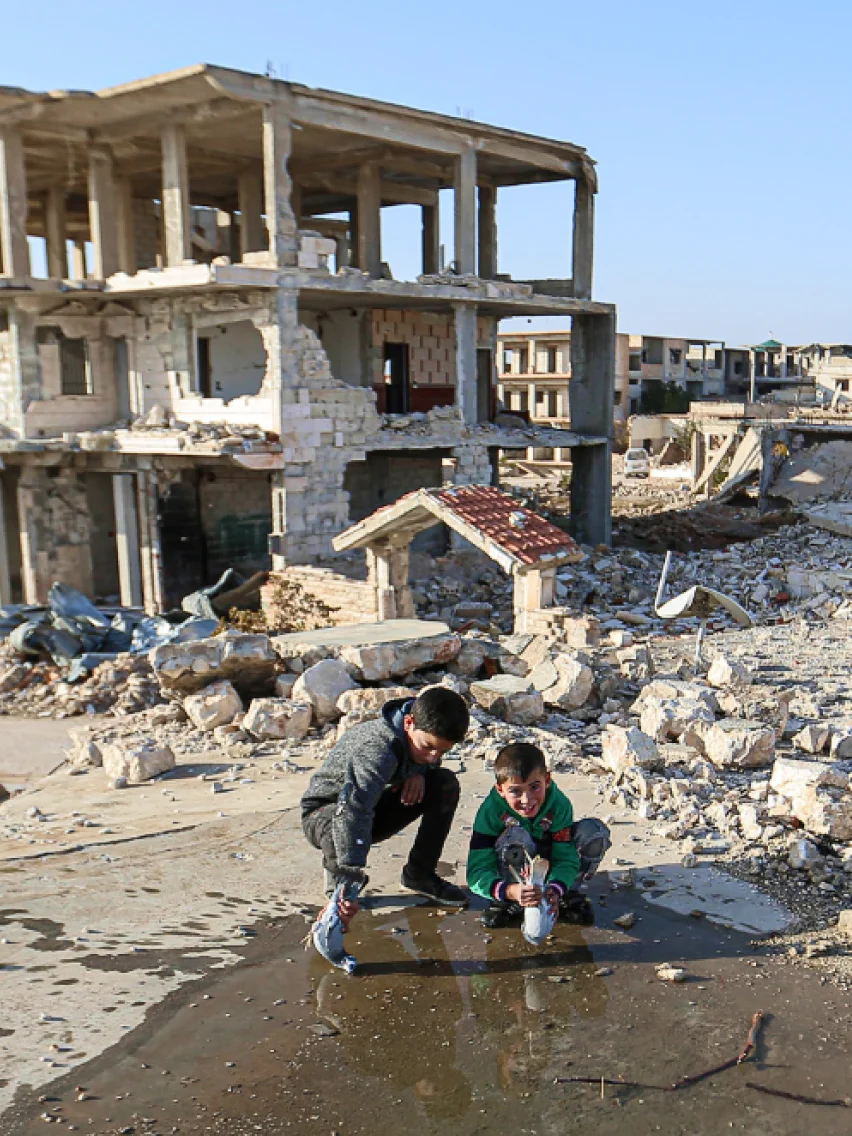The relationship between extreme weather events and human trafficking
Throughout history, human traffickers have preyed on those seeking opportunities for a better life. This usually involves movement across countries and borders. Traffickers exploit people’s hopes for a brighter future by offering to move them across borders for huge sums of money that are owed back to the traffickers in a practice known as debt bondage. Those being trafficked often take huge risks in search of a better life and often travel in poor conditions and dangerous circumstances.
There are many reasons why people seek a better life away from their homelands. Devastation to natural and manmade environments caused by natural disasters is a common reason for mass migration and enforced homelessness.
2004 tsunami
An unforgettable example of this is the Boxing Day tsunami in 2004 which devastated thousands of communities across south-east Asia and India, leaving a legacy of destruction in its wake. Traffickers preyed on the survivors of the disaster and exploited those who had been left vulnerable by its unparalleled scale and unforeseen devastation. This included the hundreds of children who had been left orphaned by the disaster and quickly became at risk of exploitation by human traffickers in the chaotic aftermath.
Reports began to emerge of criminal gangs, mostly in Indonesia, offering orphaned children up for adoption or sexual exploitation.1 Unprecedented damage occurred to the natural world and human life, which overwhelmed the local and global authorities, giving human traffickers a window of opportunity to exploit the vulnerable.
Tragically, this case is typical of the relationship between displaced or vulnerable communities and the dangers they face from trafficking and exploitation. This vulnerability is heightened in the immediate aftermath of natural disasters.
The environment and climate refugees
Natural disasters and the risk they pose to human civilization is predicted by scientists to increase as a result of rising global temperatures. The exact relationship between climate change and extreme weather events is unclear, but heat waves, flooding, storms and fires are strongly linked to atmospheric, higher temperatures and higher sea levels.2 Rising global temperatures and sea levels are widely linked to human activity and can therefore be curbed or avoided altogether by efforts to lower carbon emissions and consume ethically and responsibly. Extreme weather events will likely cause enormous displacement of individuals and enforced migration so environmental efforts are absolutely crucial in protecting those vulnerable from climate change. Unfortunately, the International Organisation on Migration predicts that by 2050, there could be as many as 200 million people displaced by rising global temperature.3
With such huge numbers of people facing displacement and seeking refuge, millions of people will be at risk of falling into the hands of human traffickers and being exploited for profit, as we saw with the 2004 tsunami.
Stopping climate change
The movement of vulnerable individuals across the globe for purposes of exploitation and slave labour is already a serious problem. Sadly, earthquakes and tsunamis are almost impossible to predict and are not believed to occur as a result of human activity. But extreme weather events such as floods, storms and fires are often a result of human activity and therefore we need to do something to avoid disastrous repercussions and protect those most vulnerable.
By prioritising climate issues and protecting our natural world, we are helping to lower the countless struggles facing communities and individuals in the face of environmental breakdown. Action on climate change is crucial to the natural environment but also to the people who live in it.
1 Source
2 Source
3 Source

 30.04.24
30.04.24
 20.03.24
20.03.24
 14.03.24
14.03.24
 01.03.24
01.03.24
